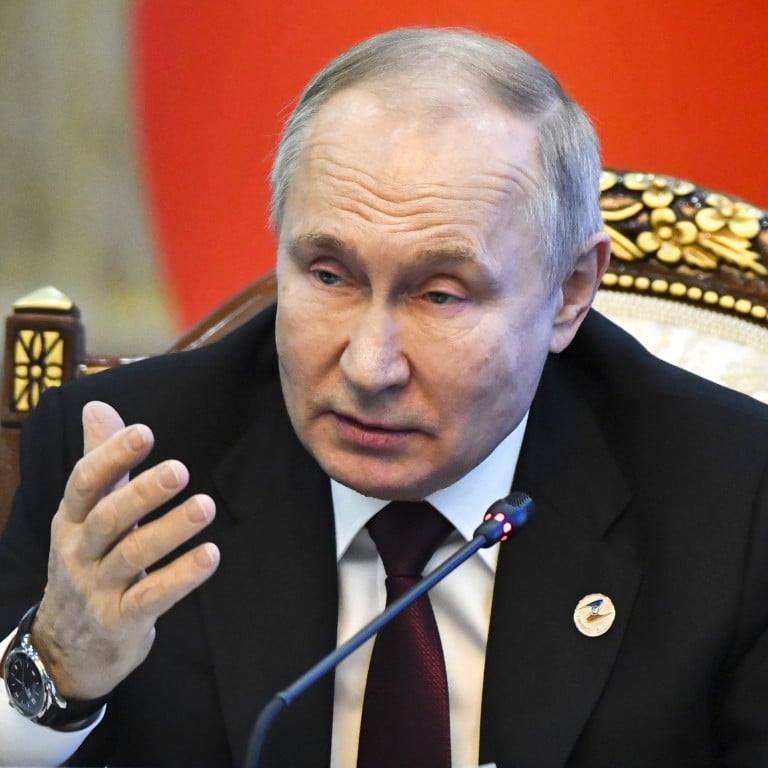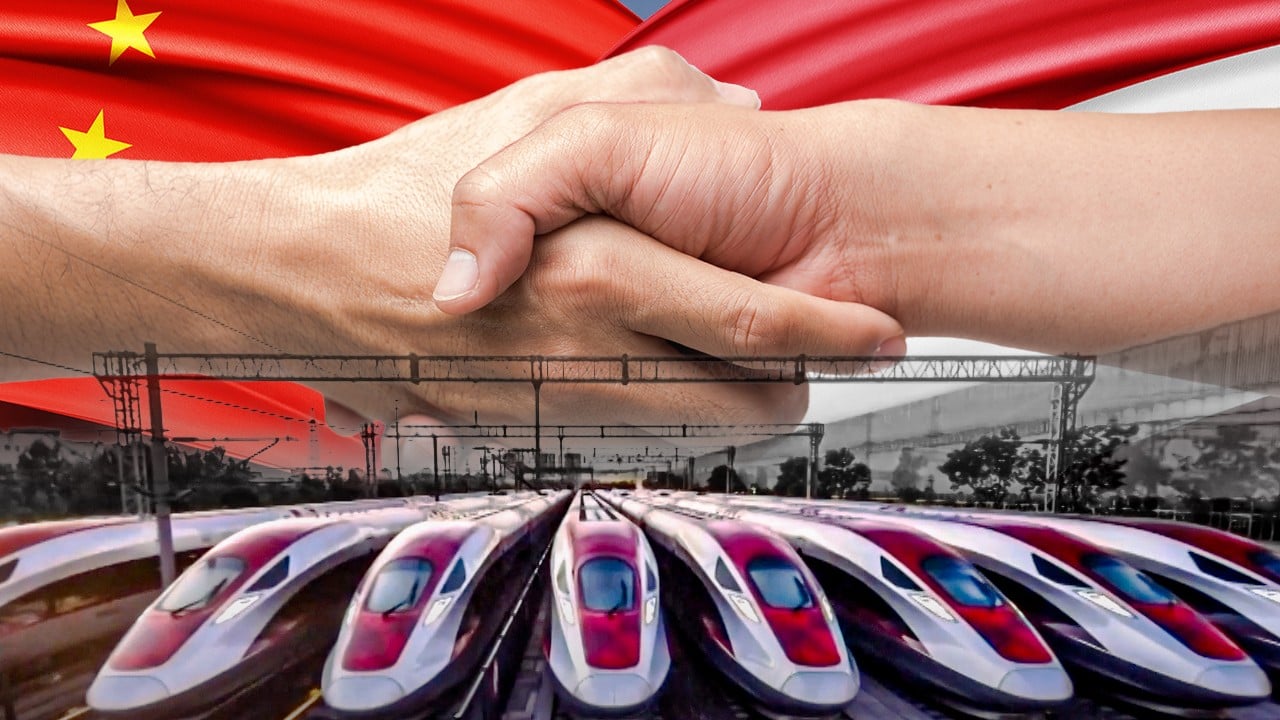
Why Russia might be warming to China’s belt and road plans in Central Asia
- Russian official’s comments on integrating belt and road with Eurasian bloc signal fresh interest in Chinese strategy Moscow once viewed as challenge
- Analysts say working with Beijing could help Russia regain trust of neighbouring countries worried about becoming the ‘next Ukraine’
But a speech by a senior Russian official last week signalled just how much has changed in the decade since.
China-Russia ties set to deepen with another presidential term for Putin
Analysts said if the two regional powers could come together and overcome the earlier mutual mistrust, the region could become more connected in trade and transport than ever before. Nevertheless, hurdles remain, they say.
Russia set up the EEU with the former Soviet states of Armenia, Belarus, Kazakhstan and Kyrgyzstan in 2015 to foster economic integration and to advance its own geopolitical interests in Central Asia.
Western countries have imposed a range of sanctions on Moscow by curbing energy trade with it and banning Russian banks from the global Swift payment system, short for Society for Worldwide Interbank Financial Telecommunication.
The union has “lost a bit of unity since the outbreak of the Russian-Ukraine conflict”, said Wang Yiwei, director of the Institute of International Affairs at Renmin University of China. He added that some of the EEU members were “worried about becoming the next Ukraine”.
To repair some of that damage, Moscow has shown increasing willingness to connect its own regional integration project with the Chinese initiative, which all EEU members have joined.
World’s longest tunnel under way in Xinjiang as China seeks to boost ties
Meanwhile, Wang said, China hoped to “further Eurasian integration” to turn bilateral cooperation into multilateral cooperation, adding momentum to its belt and road plans.
The plans were folded into the belt and road as the initiative, which started as a massive infrastructure project, expanded into a geopolitical strategy extending to trade, technological, and cultural cooperation.
But construction on the line only started last year.
Wang said that movement was the result of Russian support.
While the railway was not a direct partnership with the EEU, the work only progressed due to the approval of the Kremlin, he said.
Cooperation agreements between the EEU and Beijing were in place as early as 2015 to pursue overland road and rail routes from China to Europe through Central Asia.
But concerns in Moscow and Beijing meant there was little progress, said Yun Sun, director of the China programme at the Washington-based Stimson Centre.
“Russia had suspicions about Chinese presence in its ‘backyard’ … and China had been worried about the commercial viability,” Sun said.
“Now with the war in Ukraine and the quagmire Russia is in, arguably Russia has no better option, the desire from Russia to promote economic cooperation is obvious.”
This was apparent in Beijing in May and December when Russian Prime Minister Mikhail Mishustin and Premier Li Qiang pledged to promote synergy between the belt and road and the EEU. Mishustin also met Xi in December.
Wang said Xi and Putin were also expected to discuss plans to coordinate the belt and road and the EEU in their next meeting, which will reportedly take place in May.
China and Russia have also boosted strategic ties since the war in Ukraine began, increasing the Kremlin’s reliance on the Chinese market while China enjoyed cheaper oil from Russia.
With challenges like the Nord Stream 1, the gas pipeline connecting Russia and western Europe that has been switched off since 2022, and limited prospects in the European energy market, “Russia aims to expand its presence in Asian and Global South markets through the [belt and road]”, said Zoon Ahmed Khan, a research fellow at the Beijing-based Centre for China and Globalisation.
Khan said cooperation between the belt and road and the EEU could “include the development of transport corridors linking China and Russia with other Eurasian countries, the construction of energy pipelines, and efforts to enhance digital infrastructure and trade facilitation mechanisms”.
She said this might also offer the possibility for China to revive the Polar Silk Road, its plan for Arctic transatlantic maritime routes. The Polar Silk Road overlaps Russia’s initiative on the Northern Sea Route and would offer China a quicker alternative trade route to the Suez Canal.
But when it comes to infrastructure projects, challenges remain for China’s engagement with the well-established union, analysts say.
Wang said these hurdles included whether the China-Kyrgyzstan-Uzbekistan Railway complied with Chinese or Russian track gauge standards.


